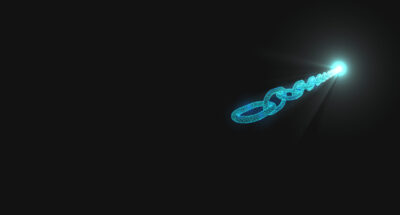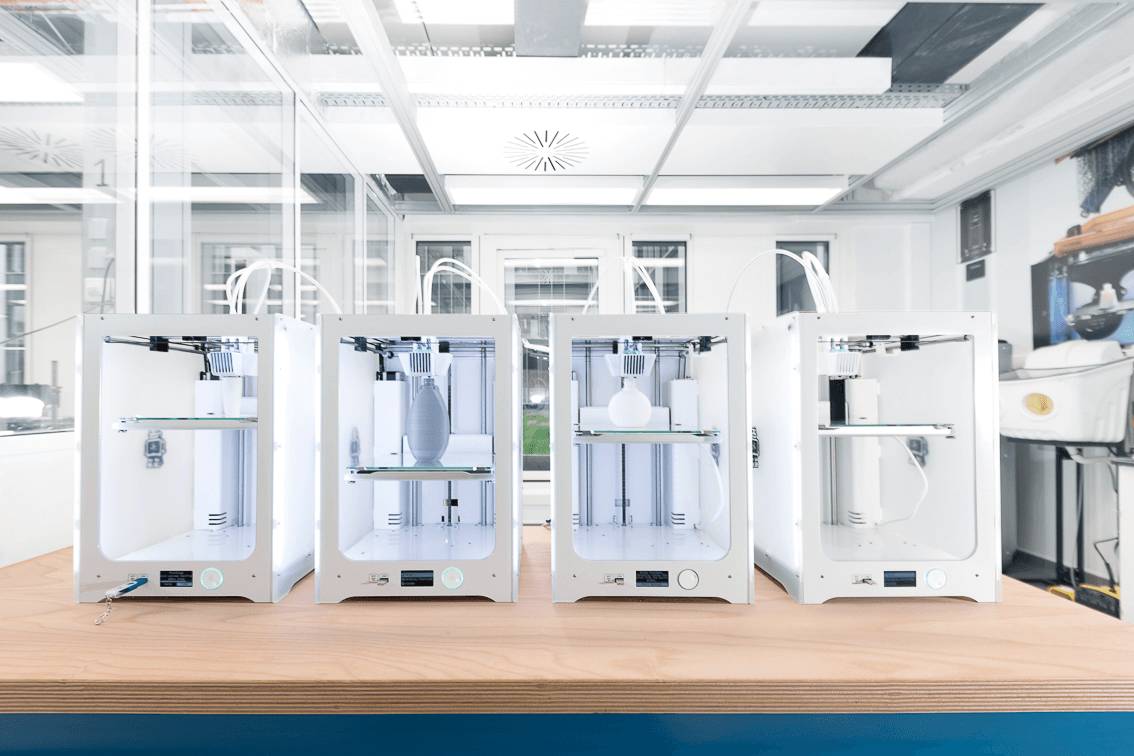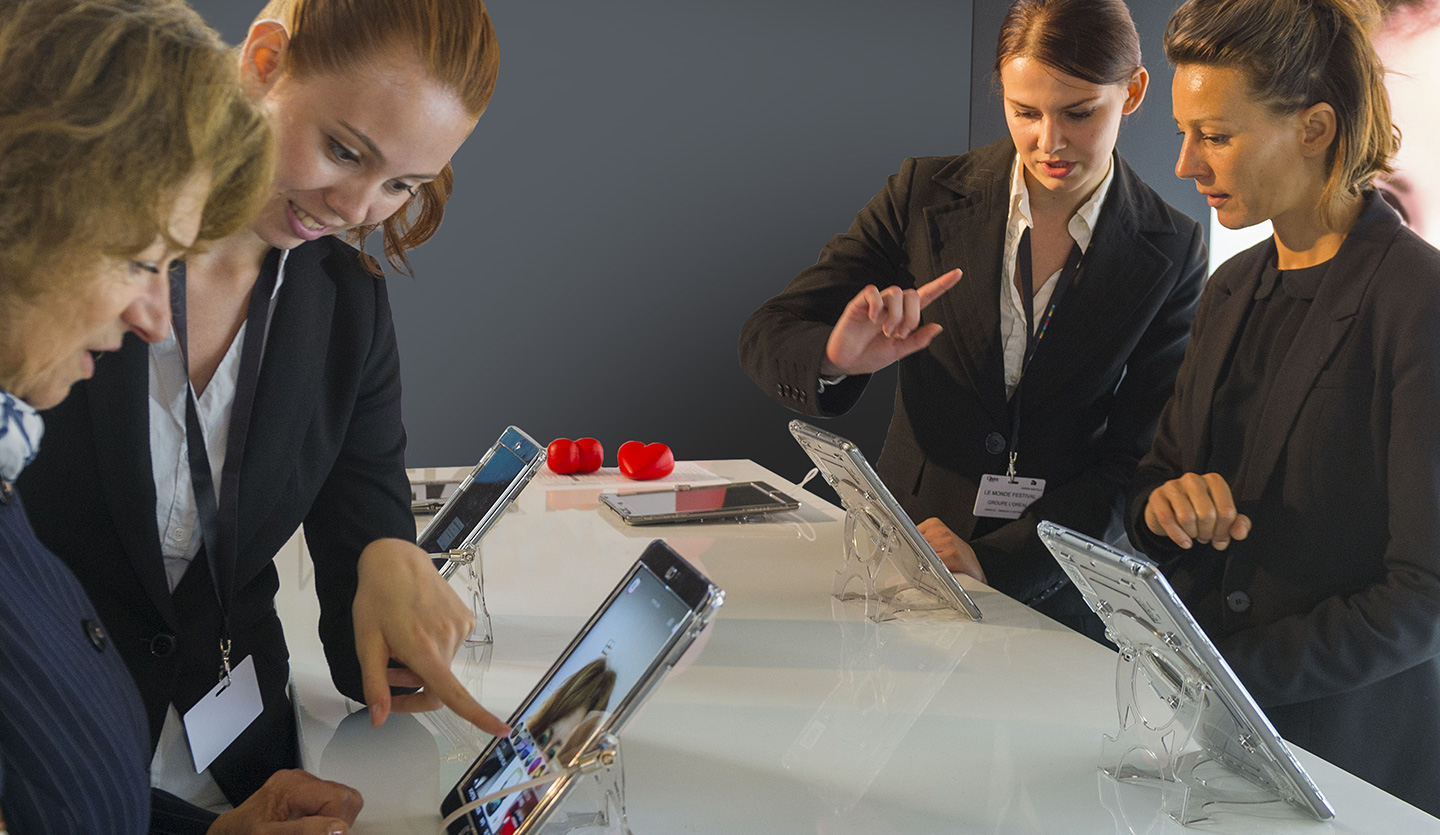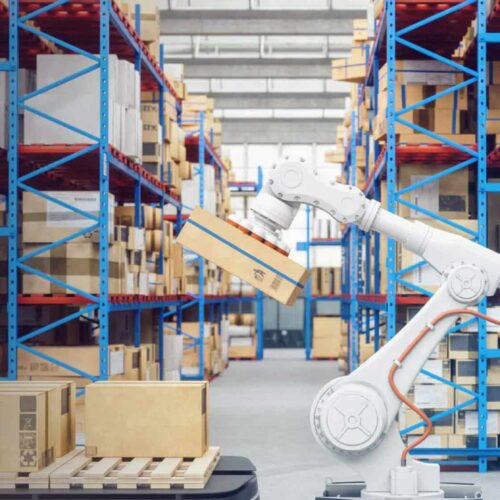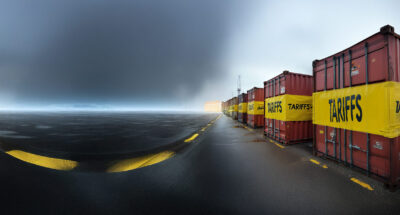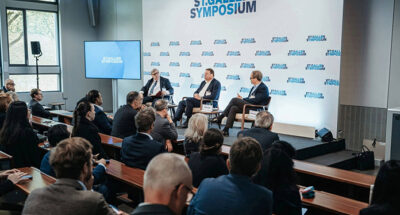L’Oréal is one of the largest consumer goods companies in the world. The company prefers to manage its own production, and has a global footprint of 40 factories that manufacture more than six billion units a year. It has more than 50,000 suppliers upstream and over 500,000 delivery points.
In 2010, the dawning digital world promised a future full of possibilities. L’Oréal CEO Jean-Paul Agon recognized this, and declared 2010 “The Year of Digital”. He encouraged different functions within L’Oréal to begin exploring digital transformation, as part of his broader vision to rethink the beauty industry as a whole. Functions were tasked with continuing to provide the best products, but to adapt these to changing market and consumer needs.
This was a complex challenge in an industry distinguished by its heavy turnover of products and launch cycles, high promotional activity, multiple distribution channels and changing consumer tastes.
Agon’s vision spurred functions, especially sales and marketing in the different countries, to begin growing organic initiatives with entrepreneurial zeal. Four years later, the company employed its first Chief Digital Officer, who began building a structure and framework around Agon’s initial vision under the banner 20/50/100 (20% of sales should be through e-commerce, 50% of all interactions personalised and 100% of the company’s brands should engage with consumers through social media). This was met with some scepticism internally, with the belief that the luxe channel required in-person interaction. Digital transformation meant a radical rethinking of the way the company understood the market, and it found itself on a journey that challenged its culture, its approach and even its value proposition.
